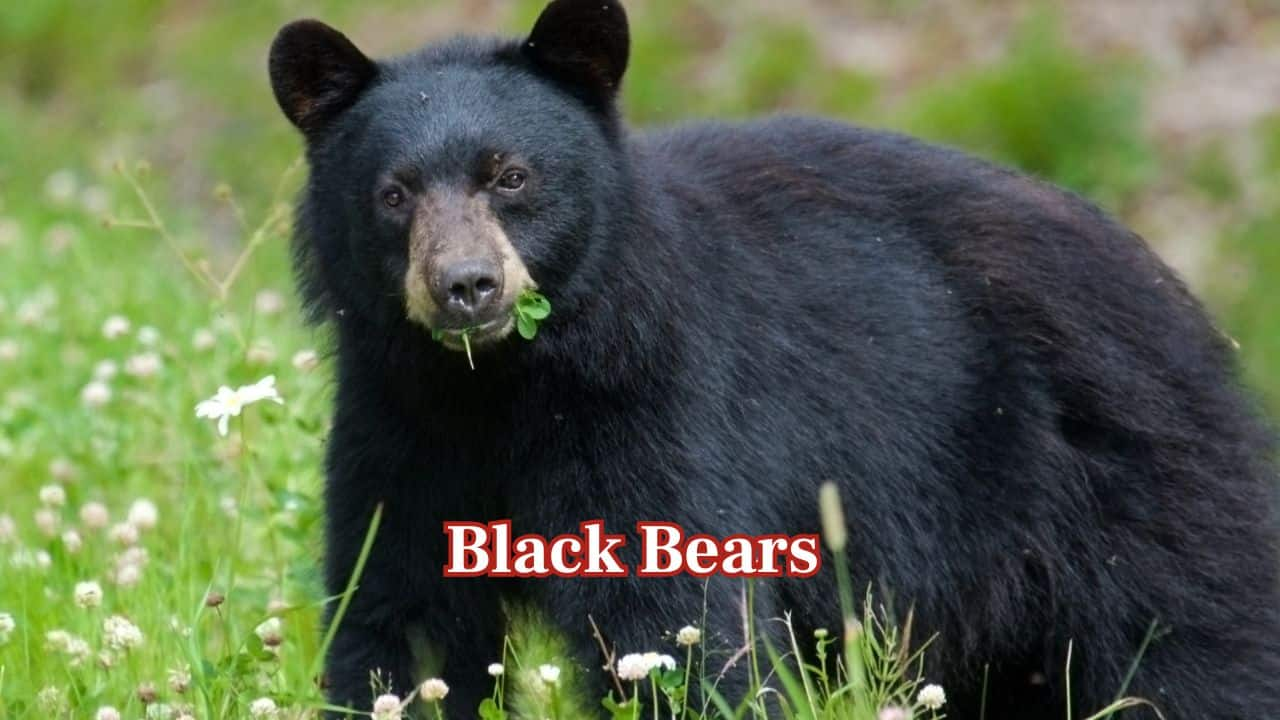
Black Bears – Elusive and majestic, black bears inhabit Hocking Hills' forests. Active during early morning and late evening, they search for berries, nuts, and insects. (Image: Canva)
Bats – Hocking Hills caves serve as a refuge for bats. Insectivorous and nocturnal, they are interesting to watch from a distance. (Image: Canva)
Bobcats – Elusive and lone, bobcats roam in woodlands. They are seldom spotted, stalking small mammals and birds with stealth and disappearing completely into forest cover. (Image: Canva)
White-Tailed Deer – Elegantly gliding along and quite prevalent throughout the park, white-tailed deer feed along trails. Their graceful appearance is a favourite to see among visitors. (Image: Canva)
Foxes – Red foxes and grey foxes both inhabit Hocking Hills. Active during the nighttime, they pursue rodents, birds, and insects with sly accuracy. (Image: Canva)
Beavers – Beavers are well adapted to lakes and streams. They construct lodges and dams, forming wetland ecosystems that harbour many other creatures. (Image: Canva)
Wild Turkeys – Large groups inhabit open spaces and forest borders. Their characteristic call and vivid feathers make them visible day and night. (Image: Canva)
Timber Rattlesnakes & Grey Ratsnakes – Timber rattlesnakes are venomous and avoid confrontation. Grey ratsnakes are non-poisonous and tend to climb trees to hunt. (Image: Canva)
Eastern Box Turtles – Floor dwellers in the forest, these turtles are responsible for keeping insects under control and maintaining a balance in the ecosystem. (Image: Canva)
Five-Lined Skinks – Small reptiles inhabiting Hocking Hills forests. They serve to control the population of insects and play a role in the ecological diversity of the park. (Image: Canva)
Discover the latest Business News, Sensex, and Nifty updates. Obtain Personal Finance insights, tax queries, and expert opinions on Moneycontrol or download the Moneycontrol App to stay updated!









